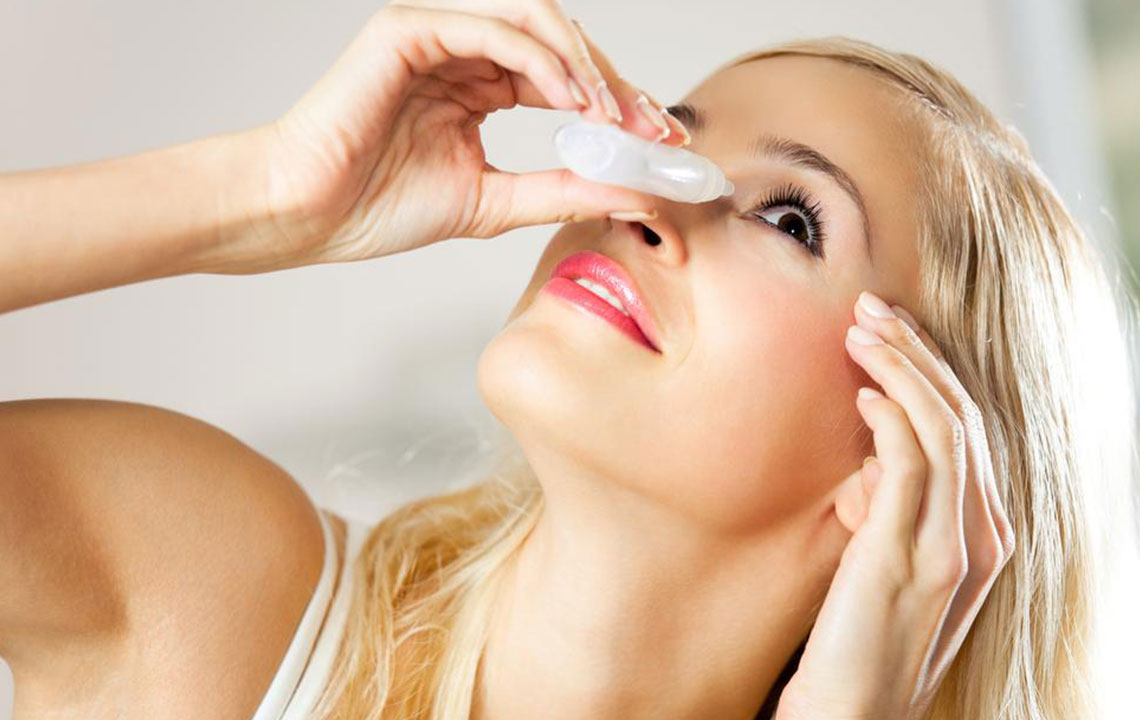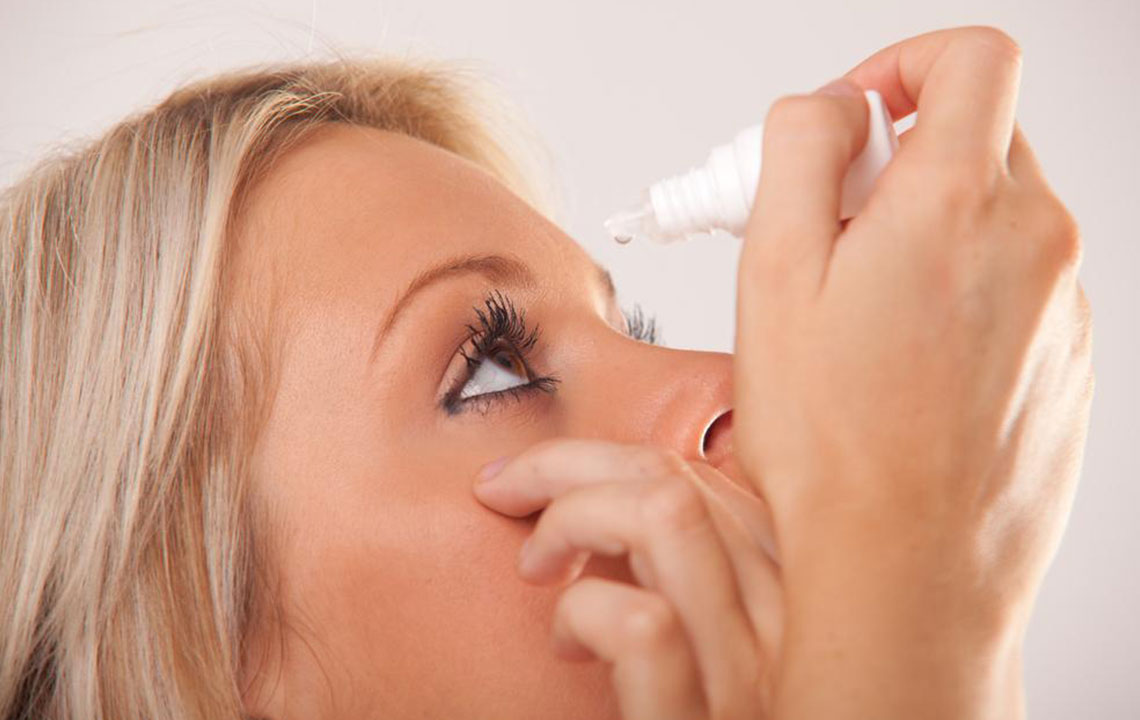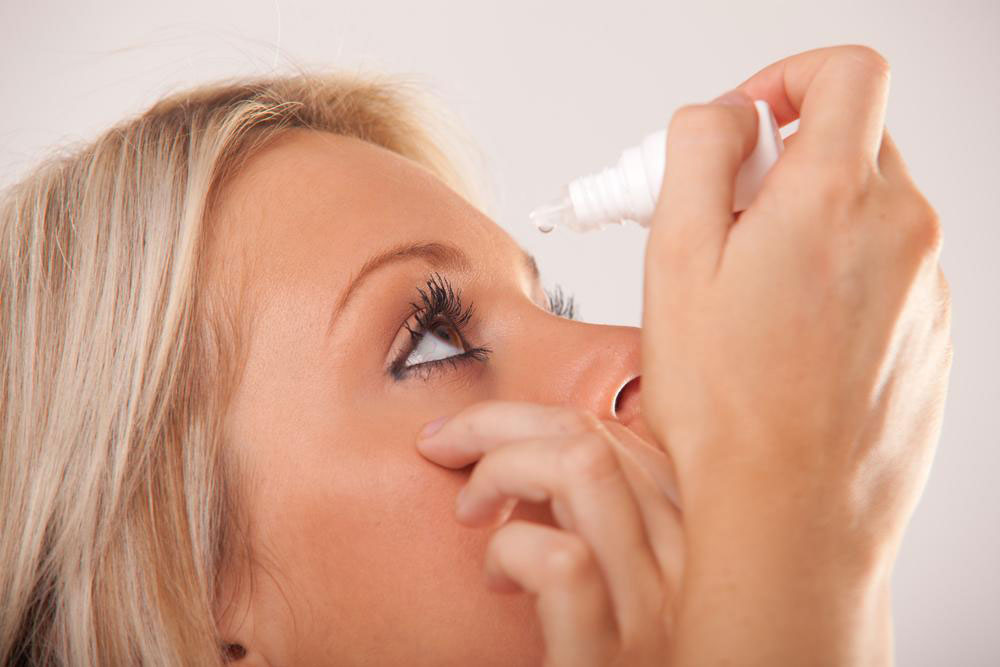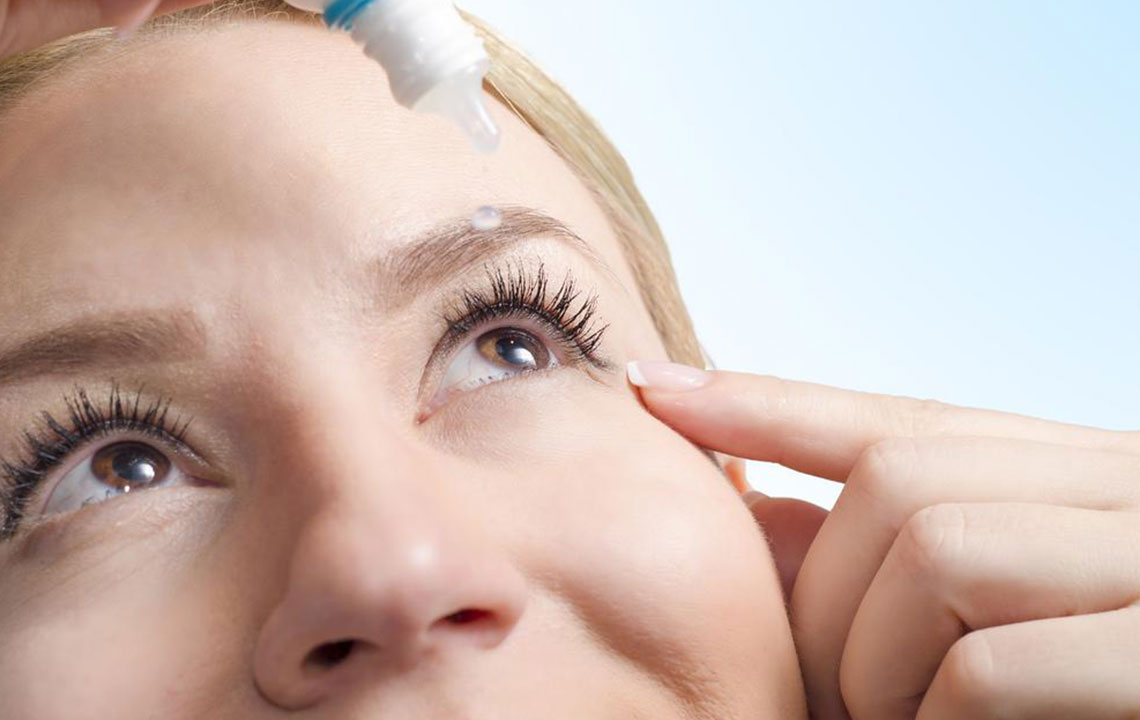Comprehensive Guide to Effective Dry Eye Syndrome Management Techniques
Discover comprehensive strategies for managing dry eye syndrome, including artificial tears, anti-inflammatory treatments, and advanced procedures like LipiFlow and punctal plugs. This detailed guide offers practical solutions for lasting relief, tailored to individual needs, ensuring improved comfort and eye health.
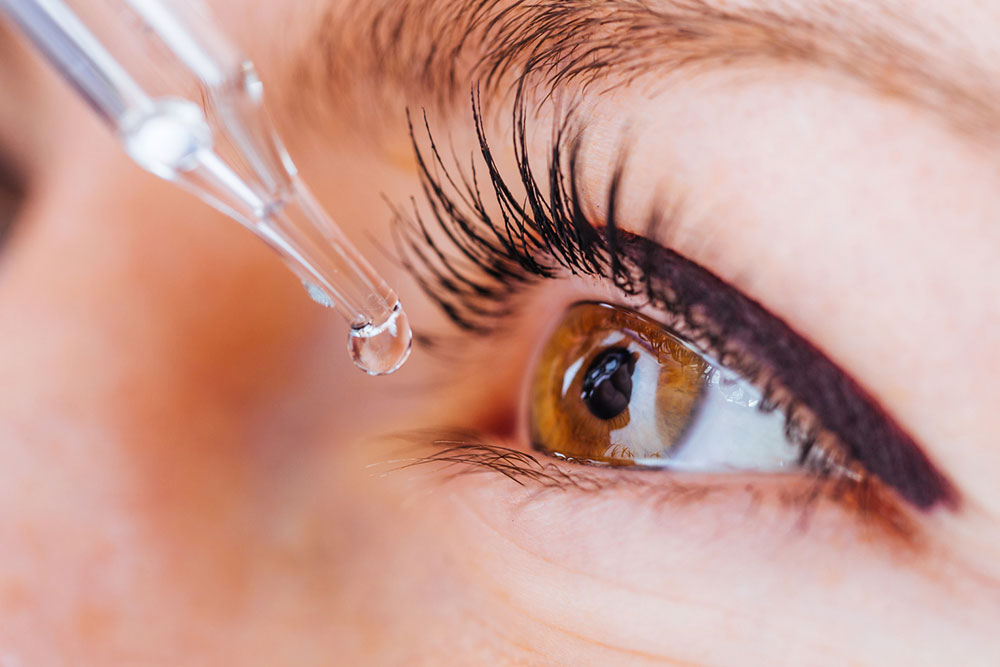
In-Depth Approaches to Managing and Relieving Dry Eye Symptoms
Dry eye syndrome, medically known as keratoconjunctivitis sicca, is a prevalent condition affecting millions worldwide. It often presents as persistent discomfort, dryness, and irritation in the eyes, which can significantly impact quality of life, especially for individuals engaged in prolonged screen work or living in dry and windy environments. Although complete cures depend on the underlying cause and severity, numerous effective treatment strategies exist to provide substantial relief, enhance eye comfort, and improve visual clarity.
Understanding the multifactorial nature of dry eyes is crucial. The condition can result from insufficient tear production, excessive tear evaporation, or a combination of both. Contributing factors include aging, environmental conditions, screen overuse, certain medications, autoimmune disorders, and eyelid problems. Consequently, managing dry eye syndrome requires a personalized approach involving various therapies tailored to individual needs.
Below, we explore detailed and practical solutions to effectively control and alleviate the symptoms of dry eye syndrome. These methods range from simple lifestyle modifications to advanced medical procedures, offering options suitable for different severity levels and underlying causes.
Artificial Tears: The First Line of Defense
For mild cases of dry eyes, especially those triggered by environmental factors or prolonged screen time, artificial tears remain the most accessible and immediate relief. These over-the-counter lubricating eye drops are formulated to supplement natural tear film deficiency, providing temporary moisture and reducing irritation. They come in various formulations, with differences in viscosity and duration of action, allowing patients to choose based on their specific needs.
Low-viscosity artificial tears are ideal for rapid relief and frequent use during the day, as they spread easily across the eye surface without causing significant blurring. Conversely, higher-viscosity gels or ointments are suitable for nighttime use, offering longer-lasting lubrication to prevent dryness during sleep. When selecting artificial tears, it’s essential to avoid preservatives present in some formulations, as these can irritate sensitive eyes over time. Always follow dosing instructions, and consult ophthalmologists if symptoms persist or worsen.
Topical Steroid Eye Drops: Combating Inflammation
Recent research highlights the importance of inflammation in the pathogenesis of dry eye syndrome. Inflammatory processes can cause ocular redness, swelling, discomfort, and further tear film deterioration. Steroid eye drops are potent anti-inflammatory agents that can effectively reduce ocular inflammation, thereby alleviating associated symptoms.
These drops are generally prescribed for short-term use due to potential side effects, including increased intraocular pressure and cataract formation with prolonged use. They are often employed alongside other treatments, such as artificial tears, to maximize benefits. A healthcare professional should evaluate the severity of inflammation before recommending steroid therapy, and regular monitoring is necessary to prevent adverse effects. Comprehensive management combining anti-inflammatory and supportive therapies tends to yield the best outcomes.
Cyclosporine (Restasis): Stimulating Natural Tear Production
For patients with moderate to severe dry eye, especially those with signs of ocular surface inflammation, cyclosporine-based eye drops like Restasis have proven highly effective. These immunomodulatory agents work by reducing inflammation and promoting the eye's natural tear production cycle, ultimately restoring a healthier tear film balance.
Patients typically need to use cyclosporine drops twice daily for several months to observe significant improvements. While some individuals initially report mild burning or stinging sensations upon application, such side effects usually diminish over time. Consistency in usage is critical for therapeutic success. Combining cyclosporine therapy with other supportive measures enhances overall effectiveness, with routine follow-ups to tailor treatment plans based on response.
LipiFlow® Thermal Pulsation Treatment: Unblocking the Glands
One of the advanced, in-office treatments for dry eye caused by meibomian gland dysfunction (MGD) is LipiFlow®. This device employs a combination of controlled heat and pulsatile pressure to gently warm and express blocked glands within the eyelids. These glands are instrumental in secreting the oily layer of the tear film, essential to preventing rapid evaporation of tears.
The procedure typically lasts around twelve minutes per eye and is performed under local anesthesia. Patients can often return to normal activities immediately afterward. Clinical studies have shown that LipiFlow® significantly improves eyelid gland function, reducing dry eye symptoms and enhancing tear film stability. Effects can last from one to three years or longer, making it a preferred choice for long-term management of gland dysfunction. A qualified ophthalmologist should conduct this treatment after proper assessment.
Punctal Plugs: Preserving the Natural Tears
Punctal occlusion with tiny plugs offers another effective method for managing dry eye symptoms. These small, biocompatible devices are inserted into the tear ducts (puncta) at the inner corners of the eyelids. Their purpose is to block tear drainage pathways, which prolongs the presence of tears on the eye surface and enhances lubrication.
This procedure can be performed in a clinical setting under local anesthesia. Punctal plugs are suitable for patients experiencing significant tear drainage problems and can be either temporary or permanent, depending on the type chosen. While some patients may experience minor irritation or an allergic reaction, most tolerate the intervention well. Proper diagnosis and individualized treatment plans are essential to determine if punctal occlusion is appropriate and to maximize benefits.
Managing dry eye syndrome requires a comprehensive and individualized approach. By combining lifestyle modifications, environmental adjustments, and medical therapies, patients can achieve significant symptom relief and improve their quality of life. Consulting with eye care specialists is vital for developing a tailored treatment plan and monitoring progress over time. As research advances, newer therapies and technologies continue to enhance our ability to combat this common yet often overlooked condition.
